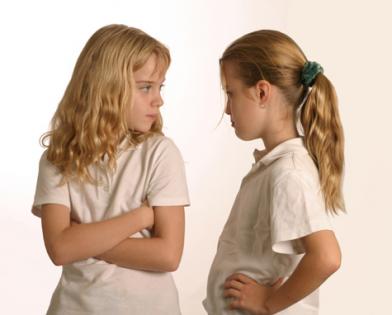The more popular a young person, the potentially more severe they can be bullied according to a new report written by Robert Faris of the University of California Davis and Diane Felmlee of Pennsylvania State University. This is due in part to the aggressive nature and pressures surrounding kids struggling to fit in and be popular.
“To the extent that aggression is instrumental for social climbing, increases in status should increase risk - at least until the pinnacle of the hierarchy is reached."
Among 8,000 student in 19 high schools where bullying was studied, the researchers found that an increase in social status among students leads to an increase in victimisation, for all students except those in the top 5%.
The point is also made that the bullies themselves are not often outsiders with psychological struggles that lead to aggression, but rather those with "strong social skills" who "harass their peers, not to re-enact their own troubled home lives, but to gain status."
The researchers highlight two kinds of targeting among those who bully. The "normative targeting" form of bullying is what the researchers considered "well-known" for its tell-tale characteristics of the perceived stronger student preying on the perceived weaker student, in an effort to create and enforce social norms and standards of "what is acceptable and what is not."
The second form of bullying highlighted in the study is considered "instrumental targeting," in which researchers found a more subtle pattern of victimisation with equally devastating results. Instrumental targeting was connected to students within well-established social networks who were a target for a peer looking to gain social standing in their networks.
"We view aggression as fundamentally rooted in status processes, and we identify an overlooked class of victims, who, by virtue of their relatively lofty social positions, experience at least as much distress at the margin as do those for whom victimisation is routine," the study says.
They also point out that the struggle for status is subtle, and report that “the ammunition of social combat” can include taunts, shoves, side glances, eye rolls and text messages.
While the study dives deep into the social networks of teens, highlighting the internal harassment and bullying that happens as kids jockey to maintain or increase their status within those networks, it repeatedly mentioned bullies seeking out and targeting the vulnerability of their peers.
For kids already on the outskirts, these vulnerabilities might be more obvious than a kid with a large group of friends who is well-liked.
While the news seems relatively grim, the study does provide potential common ground for bullied kids in different social circles. While the forms of bullying might not be similar, the effects are still harmful across the board, and bullies in the end rarely make it out ahead.
"The subject of a rumour started on Facebook may be devastated, but the originator is unlikely to experience a commensurate boost in status," the study says.
"In fact, aggression sometimes backfires, damaging the reputation of the aggressor as much as the victim, or can lead to dramatic retaliation.”
That lesson, which seems like an illustration of the old adage ‘cheaters never win and winners never cheat’ could be valuable to share with teens who fret about their social status and face temptations to cut down their peers for their own benefit.



















__small.png)










